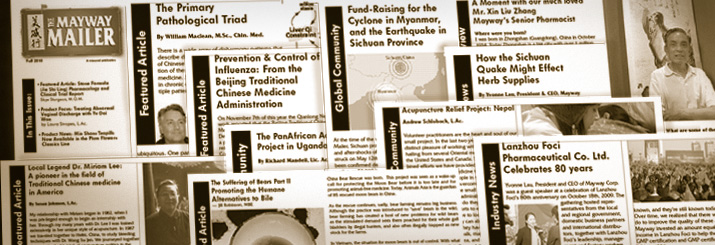Save the Tiger Campaign

Save the Tiger Campaign
Laura Stropes, L.Ac.
October 2001 
Mayway has joined the World Wildlife Fund’s Save the Tiger educational campaign to help dispel the superstitions surrounding tiger products and to encourage the use of substitute products. There is a myth that tiger bone is so powerful that there are no effective substitutes. Many believe that eating a tiger bestows its spirit on the eater, giving them the stamina and endurance of a tiger. These beliefs are deeply embedded in Asian culture and cannot be changed quickly or easily. The WWF acknowledges that to be effective, strategies for reducing consumption of tiger products and promoting appropriate alternatives must come from within the TCM Community.
Historically tigers posed a real threat to humans and were primarily killed in self-defense. Many East Asian cultures then ate or used every part of the tiger, including using the bones, eyes and brain for medicinal purposes. Today, acquiring tiger bone not only means taking an animal’s life to harvest a medicinal substance, but illegally killing a precious and endangered species.
Nonetheless, there are those who would poach and sell tigers for the enormous profits they bring. According to the World Wildlife Fund, a single tiger can be sold for a sum of $10,000 or more, with the bones alone bringing in several hundred dollars per kilogram. Although trade controls in some East Asian countries have improved markedly in recent years, smuggling has allowed North American and Western European countries to continue to be active markets for Asian herbal medicines containing protected species. A 1998 TRAFFIC investigation showed that 41% of traditional medicine shops surveyed in the U.S. sold medicines labeled as containing tiger or rhino parts.
While no one really knows how many tigers remain in the wild, the Environmental Investigation Agency estimates that there are 5,000-7,000 wild tigers remaining in the world. Experts agree that they are increasingly under threat of extinction due to a combination of poaching for trade, habitat destruction and the declining numbers of their natural prey. Of particular concern is the South China Tiger, which is under immediate threat of extinction with only 20-30 left in the wild.
Mayway continues to support the WWF’s education efforts to eliminate the use of tiger bone in TCM and promote the use of tiger bone product substitutes. We have pledged not to sell any product that contains or purports to contain tiger parts. We have compiled a list of effective substitutes to tiger bone products and provided free samples to the World Wildlife Fund to pass on to practitioners through their educational campaign. We hope through greater awareness and a commitment to save this endangered species for future generations, the use of tiger parts in medicine will become a thing of the past.
Please become familiar with our list of Tiger Bone Formula Substitutes.
Resources:
1. World Wildlife Fund’s website: www.worldwildlife.org. For more information look at this site’s many pages on tigers and TCM.
2. Environmental Investigation Agency (EIA) website: www.eia-international.org.
3. 5 Tigers: The Tiger Information Center’s website: www.5tigers.org Including a table compiled by Peter Jackson, Chairman, Cat Specialist Group, Species Survival Commission, The World Conservation Union (IUCN), from reports by specialists in tiger range countries. For more information, read Peter Jackson’s editorial on this site: The Numbers Game.
4. Chinese Herbal Medicine: Materia Medica. Dan Bensky and Andrew Gamble (1986). Eastland Press. Seattle, Washington.
